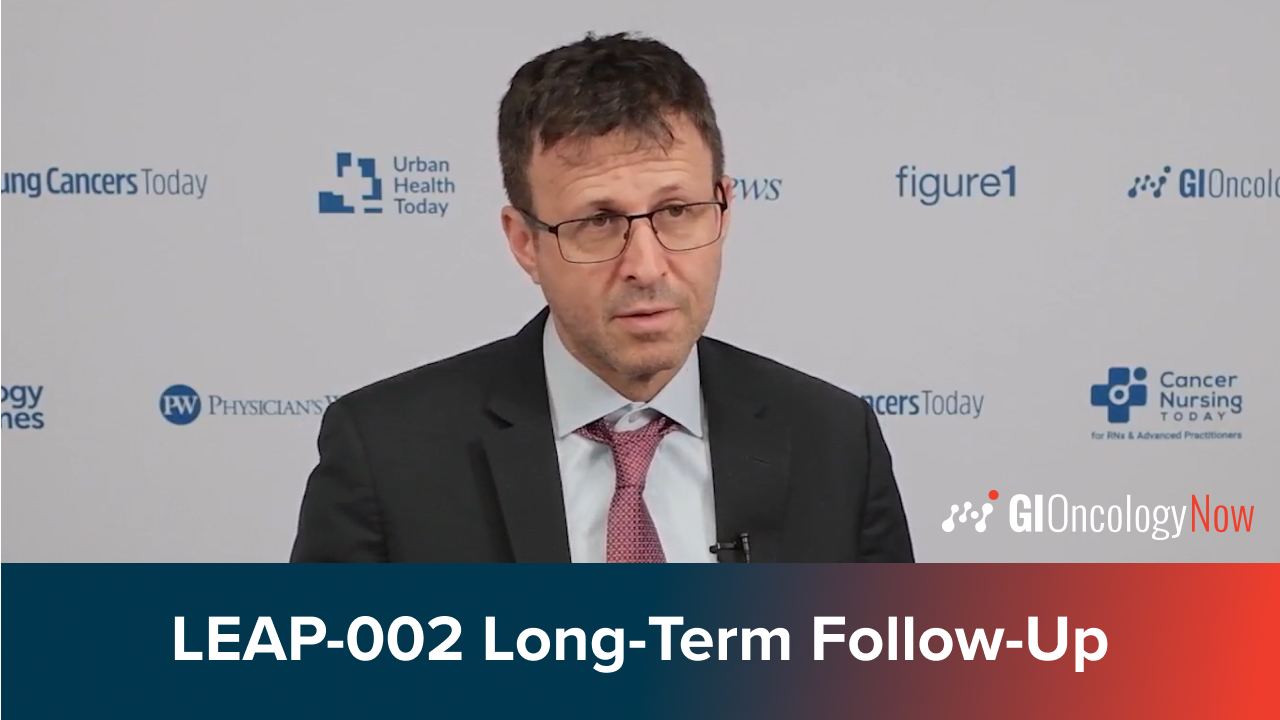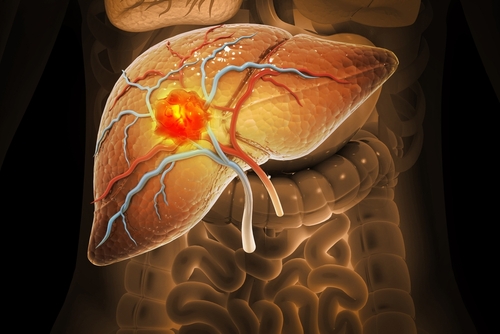
A retrospective analysis of stereotactic body radiation therapy (SBRT) to the liver, conducted at Dana-Farber Cancer Institute and Brigham and Women’s Hospital, evaluated the clinical outcomes and associated toxicities of this therapy. SBRT’s precision enables delivery of ablative doses to liver lesions while minimizing damage to surrounding tissue. However, concerns remain about its potential to cause hepatobiliary complications, particularly in tumors near the central hepatobiliary tract. Lauren Kenney, a medical student at Tufts University School of Medicine, presented the findings from the study at the American Society of Clinical Oncology 2025 Gastrointestinal Cancers Symposium.
Study Design and Patient Population
The study evaluated 177 patients treated with CT- or MR-guided SBRT between 2010 and 2024. Of these, 26.6% of the patients had primary liver disease, and 73.4% had metastatic liver disease. Key outcomes assessed included local and regional tumor control, overall survival, and hepatobiliary toxicities. Biliary stricture requiring intervention and changes in Child-Pugh (CP) scores were the primary indicators of toxicity.
Key Findings
Among patients with primary disease, local progression was observed in 19.1%, and regional progression occurred in 55.3%. Median time to regional progression was 20.5 months, with median overall survival after SBRT at 34.6 months.
Among patients with metastatic disease, 33.8% experienced local progression, and 73.8% showed regional progression. Median time to regional progression was 5.9 months, and overall survival was 23.6 months.
Hepatobiliary toxicity was observed in 18 patients (10.1%) who developed biliary strictures requiring intervention. Patients with primary disease had a higher incidence (12.8%) than patients with metastatic disease (9.2%). In addition, nearly half (49.6%) of the 119 patients with available CP scores experienced a post-SBRT CP score increase of 2 or more points, with slightly higher rates among those with primary disease (55.0%) than those with metastatic disease (46.8%).
Implications for Practice
This study demonstrates that SBRT is an effective option for local tumor control in the liver, particularly for patients with primary liver cancer. Outcomes in terms of local control and overall survival were notably better for patients with primary disease than for those with metastatic disease. However, the potential for hepatobiliary toxicity, including biliary stricture and CP score elevation, underscores the importance of careful patient selection and monitoring.
Future Directions
The authors conclude that the study “demonstrates that SBRT is an effective treatment option for local control in the liver, with better survival and progression outcomes for primary disease compared to metastatic disease.”
Ongoing analysis aims to determine whether radiation dose to central bile ducts correlates with late toxicities such as biliary strictures. These findings will help refine SBRT protocols to mitigate risks while preserving efficacy.







 © 2025 Mashup Media, LLC, a Formedics Property. All Rights Reserved.
© 2025 Mashup Media, LLC, a Formedics Property. All Rights Reserved.